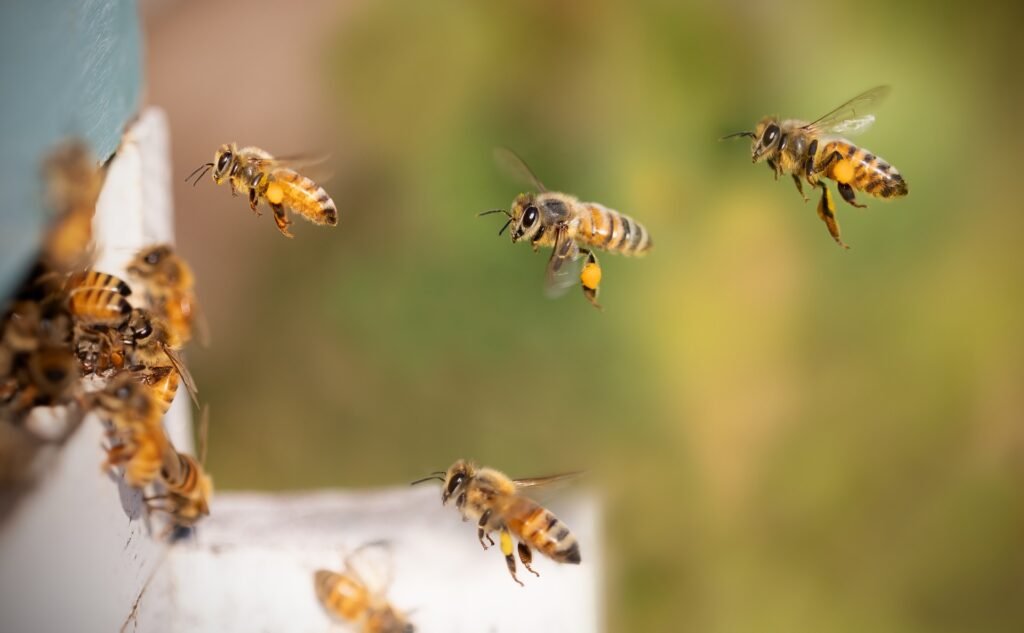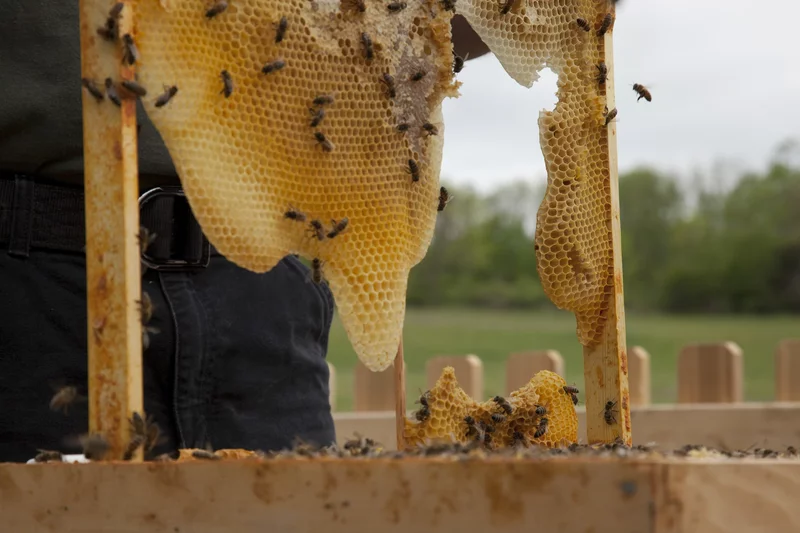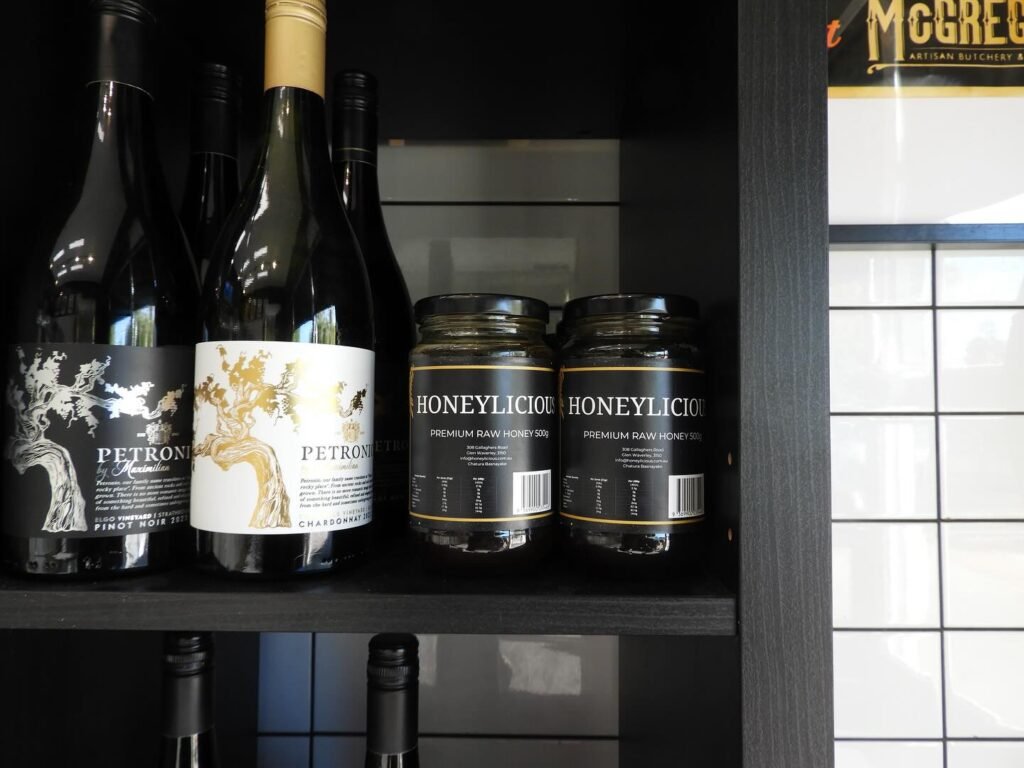Bees, those tiny yet essential creatures, buzz around our lives, pollinating flowers and sustaining ecosystems. However, when they build their hives in inconvenient places like our homes or gardens, coexistence can become challenging. The knee-jerk reaction for many might be to reach for pesticides or aggressive removal methods, but there are gentler ways to address the situation. Let’s explore some peaceful methods to bid adieu to bees without harming them.
Understanding the Buzz: Why Bees Matter
Before delving into removal methods, it’s crucial to appreciate the vital role bees play in our ecosystem. Bees are pivotal pollinators, responsible for fertilizing a significant portion of the world’s crops and wild plants. Without bees, the food chain would be disrupted, affecting everything from agriculture to biodiversity. Thus, any action taken against bees should prioritize their preservation whenever possible.
1. Prevention is Key
The best way to handle a bee issue is often to prevent it from occurring in the first place. Regular maintenance of your property can minimize the chances of bees establishing colonies in undesirable locations. Seal off potential entry points to your home, such as gaps in walls or roofs, and promptly fix any water leaks, as bees are attracted to water sources.
2. Bee-Friendly Relocation
If bees have already set up camp in your vicinity, relocation is a humane alternative to extermination. Contacting local beekeepers or bee removal experts can facilitate the safe relocation of the hive. These professionals have the expertise and equipment to extract the hive without harming the bees. In many cases, they’ll relocate the bees to a more suitable environment where they can continue their vital pollination work.
3. Natural Deterrents
For outdoor spaces where bees might be unwelcome guests, there are natural deterrents you can employ. Certain plants, such as marigolds, mint, and citronella, emit scents that repel bees. Planting these strategically around your garden or outdoor seating areas can discourage bees from congregating in those areas without causing them harm.
4. DIY Bee Repellents
If you’re dealing with solitary bees or a small hive, homemade repellents can be effective in encouraging bees to relocate without resorting to lethal methods. Substances like diluted vinegar or essential oils such as peppermint, eucalyptus, or citrus can be sprayed around bee-prone areas to deter them. However, it’s crucial to use these repellents sparingly and avoid directly spraying bees, as they can harm them.
5. Professional Assistance
In situations where bees pose a significant threat or risk to human safety, seeking professional assistance is advisable. Pest control companies employing eco-friendly or bee-conscious methods can assess the situation and determine the best course of action. They may use techniques like bee vacuums to safely remove bees without causing harm, prioritizing the preservation of bee populations.
Conclusion: Living in Harmony with Bees
In our interconnected world, coexisting peacefully with bees is not only possible but imperative for the health of our planet. By embracing methods that prioritize the well-being of bees, we can address bee-related issues without resorting to violence or harm. Whether through prevention, relocation, natural deterrents, or professional assistance, there are numerous ways to peacefully resolve bee encounters. Let’s strive to foster a world where humans and bees can thrive together in harmony.
















